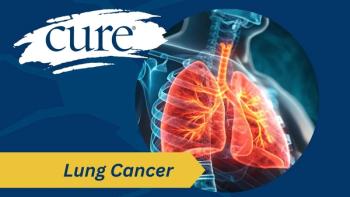
1991 too – this can’t be happening
Yesterday you met angry woman whose mother was diagnosed five years after her – and died six months later. Today you get the whole picture. Not only was my mother diagnosed with breast cancer in 1991, so was my best friend, who was also my daughter's Godmother. So by the end of 1991 my daughter's mother, grandmother and Godmother all had breast cancer. And you wonder why I was angry? When my friend Diana called me in September,1991,to tell me she was going to have a biopsy, I really shrugged it off as not possible. This couldn't happen to both of us. Not Diana. Diana had been my crazy roommate in college -- the one who I had all my great adventures with. When I thought of her, it took me back to Spain, 1972 and sleeping on the ground next to the wall that surrounded the ancient city of Toledo. That was after we had jumped out of the car of the two guys who were taking us to Salamanca from Madrid on one of our weekend getaways while going to school in Madrid. My Spanish was still terrible, so I wasn't making much headway with the driver when it came to small talk, but I sure as heck knew how to read a road sign when the arrow was pointed away from where we were heading. Diana knew one of our chauffeurs well from her first stint in Spain as an undergrad and was speaking to him sharply about not caring whose car it was, we wanted to go home. I was smiling and grinning like an idiot while plotting in English how we would make our break. When we got to Toledo, where the guys decided we would sleep in the car, Diana and I grabbed our bags and dashed for the city park. The parks and recreation crew woke us up the next morning and we took a bus back to Madrid. It was a grand adventure and got grander every time we told it. Now, I was visiting her in the hospital and trying my best to hold it together. It turned out she had lobular carcinoma in situ – they thought. A full evaluation of the tissue revealed a small invasive area, but she dodged the bullet. No chemo. She got a great reconstruction and joined my support group to help deal with the emotional reality.Then in the midst of all this chaos, my surgeon walked into the support group sometime in November and told us we needed to help her raise money for uninsured women. She said she could donate her time, but she needed help with the hospital and chemotherapy.I think she was thinking we could create a little slush fund for her bottom desk drawer. But in that room was a CEO, an attorney, an accountant, a secretary, a graphics person and me, who could write. It was a perfect non profit board. And because we didn't know how much work was involved in starting a nonprofit -- we did. We sent off for our 501c3 –




